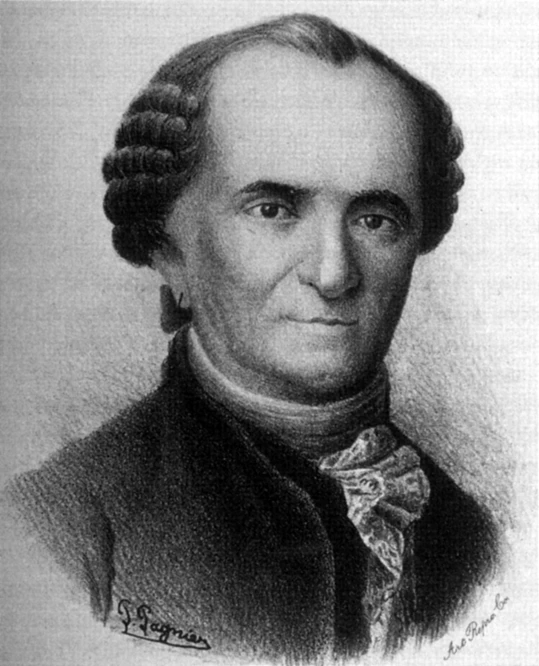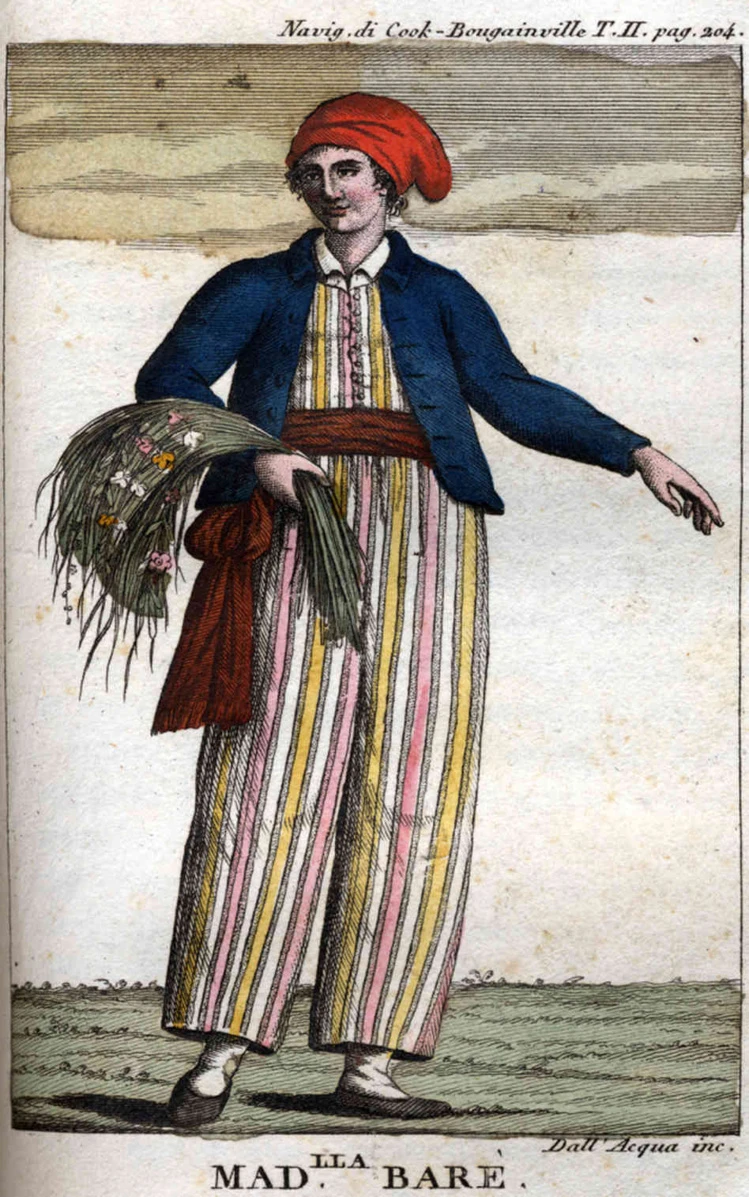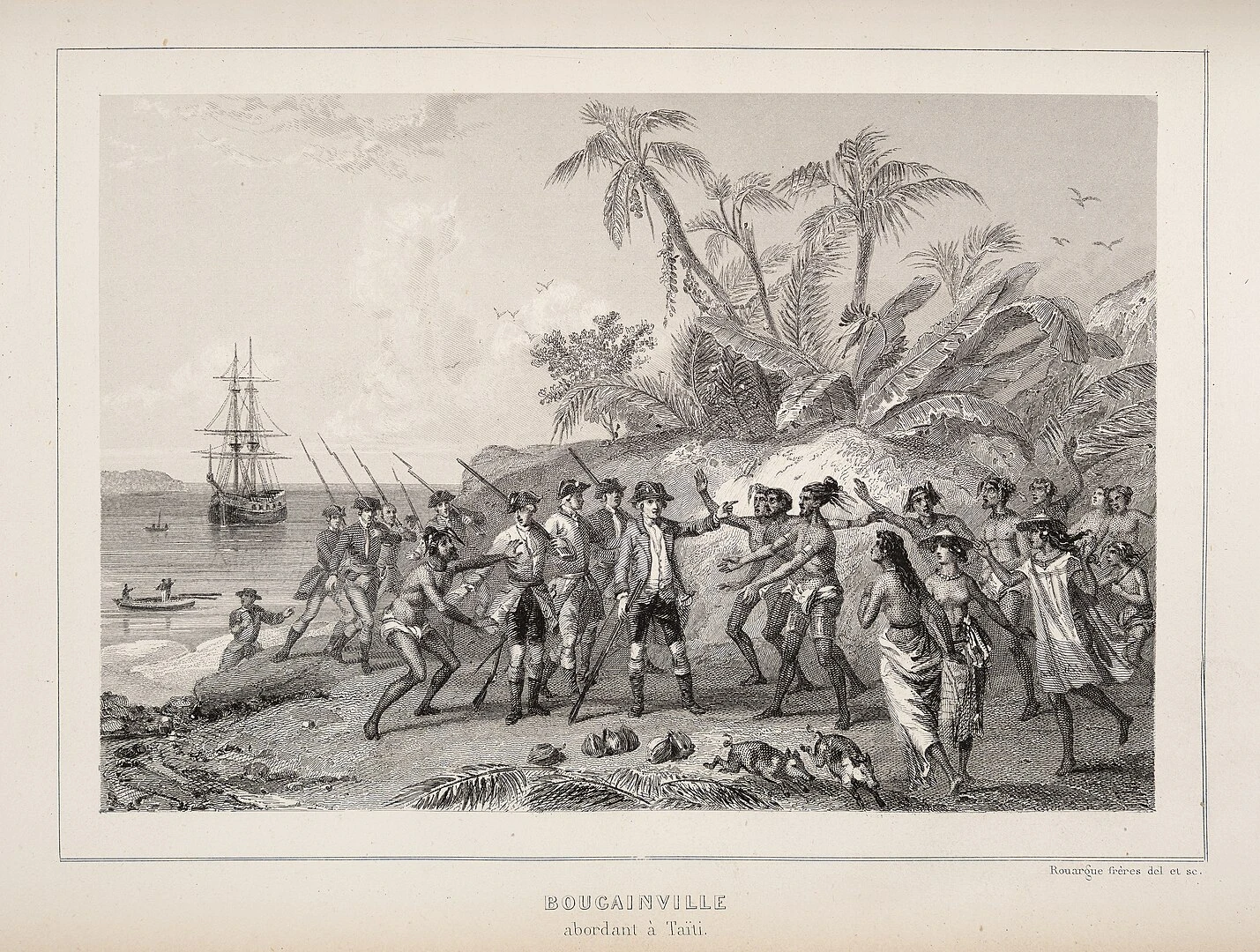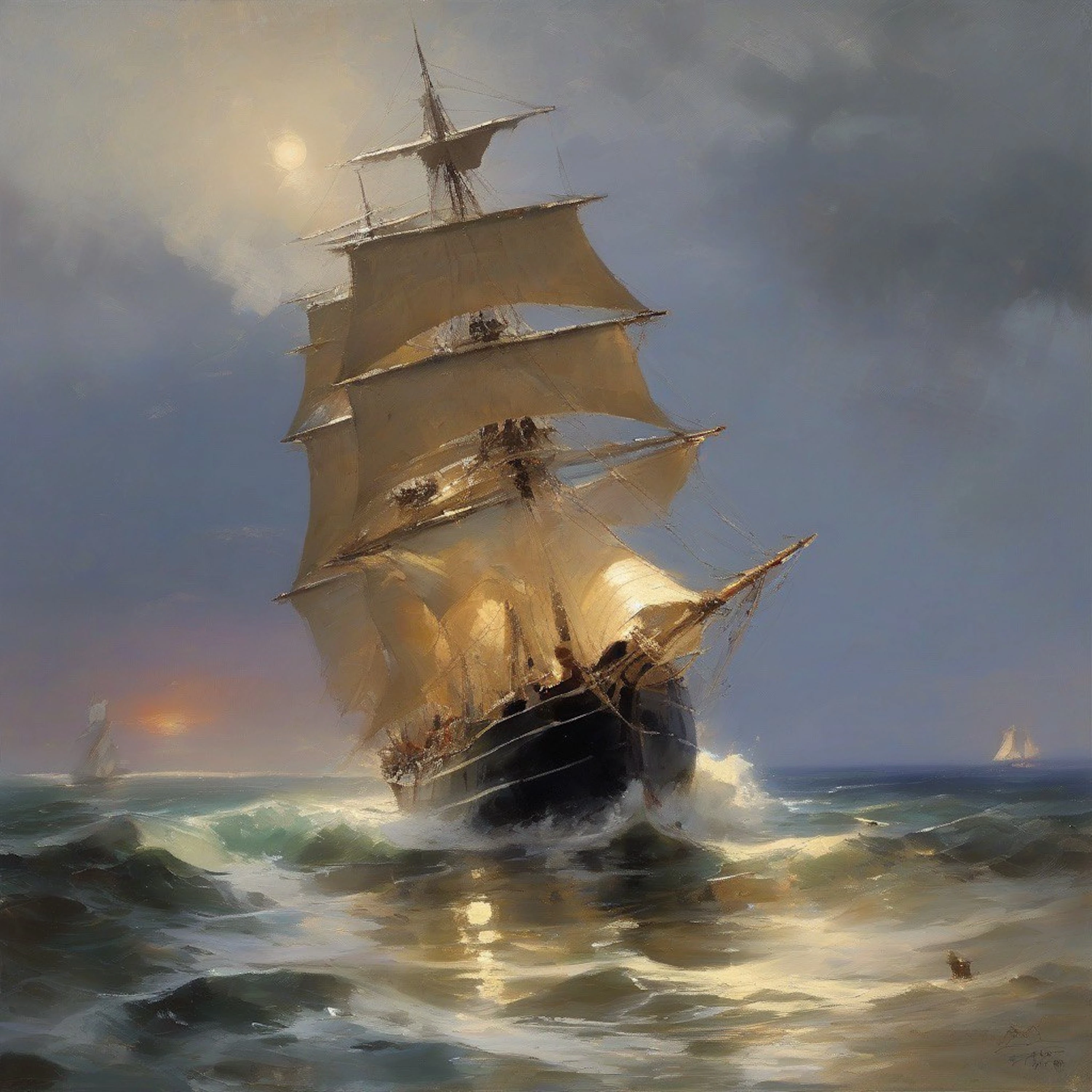Jeanne Barret: first woman to circumnavigate the globe in secret
Born in 1740 in La Comelle, Burgundy, into a modest rural background, Jeanne Barret was a curious and highly organized woman. What changes her life is her meeting with Philibert Commerson (1727-1773), a renowned naturalist, who immediately recognizes her talent and hires her as a governess. Beyond her usual duties, Jeanne soon reveals her qualities. She has no equal when it comes to filing, organizing the work of her boss, whose assistant she becomes, and soon even companion. Love strikes where it wants to!" In 1766, Commerson was appointed to take part in Louis-Antoine de Bougainville's great expedition, designed to explore the lands of the South Pacific. But at the time, women were strictly forbidden aboard Royal Navy ships. Commerson doesn't want to do without Jeanne, not only because she's his wife (even unmarried) but also because she's invaluable to his work. He decides to take a risk by bringing her on board, and to do so, he decides to disguise her as a sailor. She takes the name Jean Barret, and embarks on the Étoile, the scientific vessel of the expedition that is to circumnavigate the globe.
Philibert COMMERSON / Image chosen by Monsieur de France : Domaine public, https://commons.wikimedia.org/w/index.php?curid=38085
Jeanne Barret disguises herself as a man to take part in a round-the-world expedition
Jeanne Barret disguised as a man to sail around the world / Photo chosen by monsieur de France: By Cristoforo Dall'Acqua - http://www.tahiti-infos.com/Jeanne-Baret-un-garcon-fut-la-1re-vahine-popa-a-a-Tahiti_a143451.html, Domaine public, https://commons.wikimedia.org/w/index.php?curid=56565756
Jean Barret is on board. Always at Commerson's side. The deception holds for several months. Under her identity of Jean, Jeanne Barret takes part in stopovers in Montevideo, Brazil - where she helps identify the bougainvillea -, then in Tahiti, where her true identity is suspected and then revealed. Despite this, she is allowed to remain on board, due to her skills and irreproachable conduct. Jeanne thus continues the voyage, and becomes the first known woman to complete a full circumnavigation. Her feat, long passed over in silence, remains a unique feat in a world entirely governed by male norms. She is truly a pioneer.
A botanist of genius too long in the shadows
Jeanne Barret contributed to the discovery and identification of bougainvillea / Photo chosen by Monsieur de France: mcont_ via depositphotos
Throughout the expedition, Jeanne played a decisive role in collecting and describing thousands of botanical samples. In particular, she is credited with major discoveries in Brazil and Madagascar. She contributed to the identification of Bougainvillea, a plant that has become famous. Commerson, aware of her work, and probably in love, dedicated to her a shrub of the Meliaceae family the Baretia bonnafidia. Nevertheless, the species later changed its name to Turraea floribunda. In short, even though she was effective and scientific in her approach, Jeanne was not recognized in her day, or even beyond, even though her contributions were essential, her work being attributed to Commerson.
Jeanne Barret: A life of adventure from Brazil to Tahiti and from Mauritius to France
But let's continue with Jeanne Barret's life: after Commerson's death in 1773on the Isle of France (today's Mauritius), Jeanne Barret put her bag ashore, as they say among sailors, and stayed put. She opened an inn there frequented by French sailors and officers, and it was here that she met Jean Dubernat, whom she married in 1774. Together, they returned to France in 1775. And so it was 10 years after her departure that Jeanne thus completed her circumnavigation of the globe, officially becoming the first woman to do so. This did not escape the attention of Louis XVI, who had a passion for travel and geography (as he left to be guillotined, he asked his entourage "has there been any news of Monsieur de la Pérouse?"). La Pérouse was touring the world at the time).
Bougainville lands in Tahiti and Jeanne Barret with him / image chosen by Monsieur de France : By Émile Rouargue - This file comes from Numelyo, the Lyon digital library, under the identifier BML_00GOO0100137001102411571., Domaine public, https://commons.wikimedia.org/w/index.php?curid=148340065
In 1776, the king granted Jeanne a pension of 200 livres a year, emphasizing "her exemplary conduct" and "the zeal she has shown in serving as servant and botanist's assistant to M. de Commerson". A rare distinction. Dying in 1807, she was laid to rest in the Dordogne and her grave is at Saint Antoine de Breuilh.
A destiny rediscovered: posthumous recognition and modern tributes to Jeanne Barret
Cover photo chosen by monsieur de France: Shelley Evans de Pixabay
She is rediscovered by the 21st century. Thus, in 2012, a plantdiscovered in Ecuador, the Solanum baretiae, is named in her honor by researchers. Several towns have named streets after her, but they are still few and far between. Today, Jeanne Barret's name is gradually reappearing in the collective memory. Several places bear her name in France, including streets and schools. In 2022, a French Navy patrol boat was named in his honor. Even more astonishing, a mountain range on Pluto was named "Monts Baret" in tribute to her audacity. Books, documentaries and articles are finally giving her the place she deserves. Far from being a mere figure in the shadows, Jeanne Barret embodies the audacity, intelligence and tenacity of a woman who knew how to be curious, scientific and daring.








